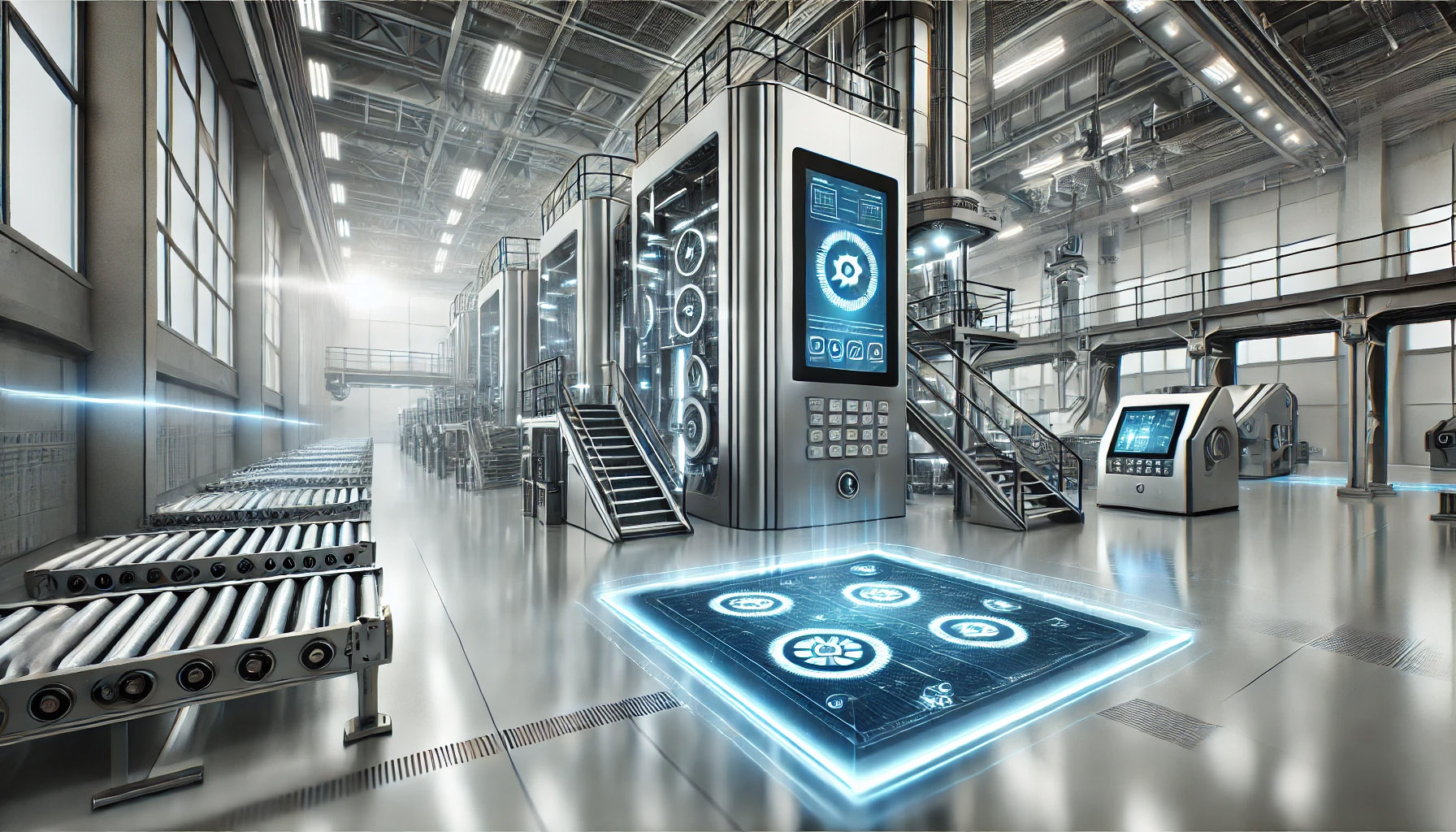Feeding technology has come a long way, evolving from simple manual systems to highly advanced, data-driven solutions. This evolution is critical for manufacturers as they navigate increasing demands for precision, efficiency, and sustainability. Orbetron has been a driving force behind these advancements, developing cutting-edge feeding systems that meet the challenges of today while preparing for the opportunities of tomorrow.
In this blog, we’ll explore the key milestones in the evolution of feeding technology and how Orbetron continues to lead the industry into the future.

From Manual to Intelligent Systems: The Evolution of Feeding Technology
The journey of feeding systems can be divided into four major phases:
- Manual Feeders: Early systems required constant manual input, offering little control over feed rates or material consistency.
- Volumetric Feeders: These feeders marked a leap forward by dispensing material based on volume. While effective for many applications, they struggled with materials that varied in density or flowability.
- Gravimetric Feeders: The introduction of weight-based feeding systems brought a new level of precision, making them ideal for industries requiring exact material handling.
- Smart Feeders: The integration of IoT and data analytics has transformed feeders into intelligent systems capable of real-time monitoring, predictive maintenance, and seamless integration with Industry 4.0 ecosystems.
Orbetron has been instrumental in driving these advancements, offering solutions that address evolving industry needs.

Orbetron’s Role in Shaping Feeding Technology
1. Precision at Ultra-Low Feed Rates
Orbetron has set new standards in feeding accuracy with systems like the OTS-Micro, capable of delivering feed rates as low as 1 gram per hour. This is particularly important for applications in pharmaceuticals and specialty chemicals, where even the slightest deviation can compromise results.
2. Smart and Connected Systems
Orbetron’s IoT-enabled feeders provide real-time data on material flow, system performance, and feed rates. Operators can monitor and adjust these systems remotely, ensuring consistent quality and reducing downtime.
3. Custom Solutions for Unique Needs
No two processes are the same, which is why Orbetron specializes in designing custom feeding solutions. From handling fine powders to sticky granules, their feeders are engineered to meet the unique requirements of each application.
4. Sustainability Focus
Orbetron’s feeders minimize material waste, reduce energy consumption, and integrate recycled materials seamlessly. These efforts align with global sustainability goals and support manufacturers in achieving greener operations.

The Future of Feeding Technology
The next phase of feeding technology will focus on even greater automation, sustainability, and adaptability. Here’s what to expect:
- AI-Driven Optimization: Feeders will use artificial intelligence to predict maintenance needs and optimize performance autonomously.
- Expanded Applications: Feeding systems will adapt to handle new, advanced materials like bioplastics or nano-compounds.
- Sustainability Integration: Greater emphasis will be placed on reducing material waste and energy use.
Orbetron is already developing solutions to meet these future needs, ensuring manufacturers remain competitive in an ever-changing market.

Conclusion
Feeding technology has evolved dramatically, and Orbetron has been a key player in driving these changes. By combining precision, intelligence, and sustainability, Orbetron’s systems not only meet today’s challenges but also prepare manufacturers for the future of material handling.
Ready to future-proof your feeding systems? Contact Orbetron today to learn how our innovative technologies can enhance your operations.

